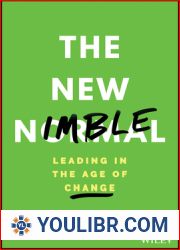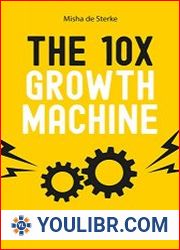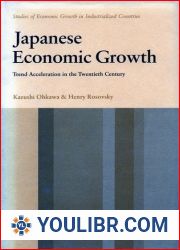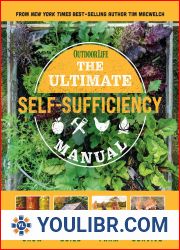
BOOKS - Open and Nimble: Finding Stable Growth in Small Economies (Directions in Deve...

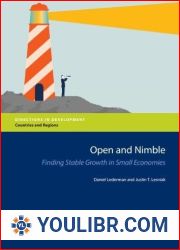
US $6.59

3110

3110
Open and Nimble: Finding Stable Growth in Small Economies (Directions in Development)
Author: Daniel Lederman
Year: October 25, 2017
Format: PDF
File size: PDF 12 MB
Language: English
Year: October 25, 2017
Format: PDF
File size: PDF 12 MB
Language: English
Does economic size matter for development outcomes? If so, are current policies adequately addressing the role of size in the development process? Using working-age population as a proxy for country size, Open and Nimble systematically analyzes what makes small economies unique. The authors first ask, are small economies less likely to reach high levels of development in the long run? Although the answer to that question seems to be no, the authors find that small economies do share certain characteristics that shape their development experience. In particular, small economies lack access to economies of scale. This lack may be related to several shared they tend to have highly specialized export sectors, they have high levels of government spending relative to GDP, and they seem to have difficulty generating backward linkages from foreign direct investment. These qualities, in turn, affect the development process. The authors find that small economies generally experience high levels of economic volatility, have large levels of public debt, and have low savings rates. While not necessarily bad for economic growth, these issues can represent challenges to development if not addressed. However, there is also evidence that small economies have begun adapting to these characteristics by being open and nimble. The high levels of openness to both trade and investment exhibited by small economies may serve to increase access to economies of scale through international markets, and to increase capacity for investment given the lower domestic savings rates seen in small economies. Additionally, despite not being able to produce a large number of goods simultaneously, small economies show a remarkable ability to reinvent their export basket from year to year to keep up with the changing preferences of international markets. Reviewing all of the evidence, the authors conclude that there is some scope for policy makers to address the role of size in shaping an economy s development experience. Emphasis should be placed on achieving economies of scale and risk pooling through regional integration initiatives. Furthermore, fiscal and tax policies may need to be rethought in the context of small economies, particularly those that confront frequent and costly natural disasters.










